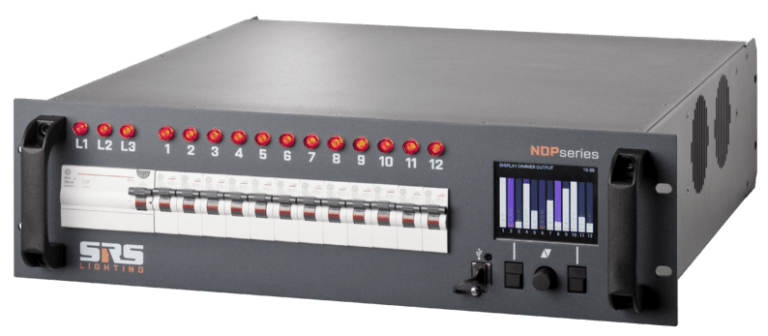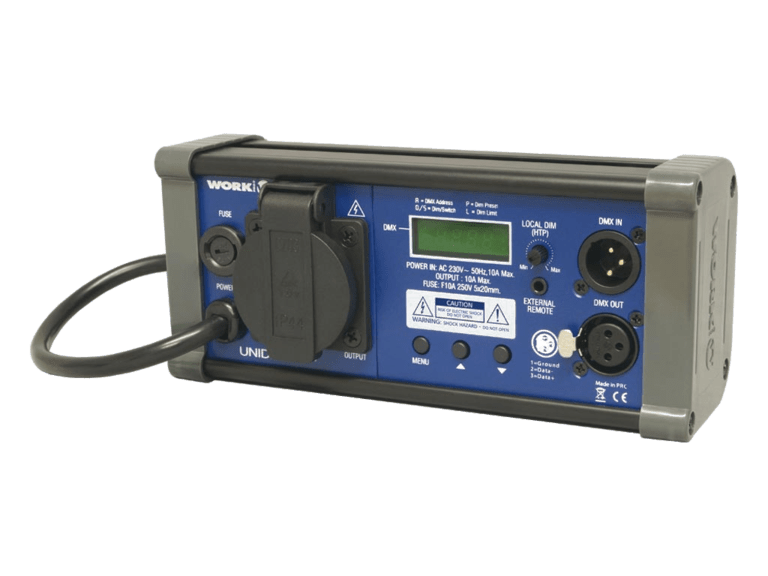THE DIMMERS – FUNCTION Y CHARACTERISTICS



Due to the use of tungsten technology, has been used dimmer (English term, to name a regulator) to regulate the amount of light that gives a projector.
There are several technologies dimmer:
– Triac
– IGBT (Tiristor)
– Sine
– Relay.
The first two Triac and Thyristor-based, phase cut, and subsequent production of harmonics; and the third transistor based, so that produces harmonic phase cuts. But of course, more expensive in price, and less robust in reliability. The relay logically does not, or not only activates the output, and can be based on physical or electronic relays.
And within each dimmers exist ranging from a channel, to what is needed.
Dimmer typically are manufactured in multiples of 6 channels, front or rear with connections, based on terminal boards, Schukos, CTAC or Harting.
What defines a dimmer, is its power and its egress filtering.
The most widespread uses of power are ranging from 1 kW to 10 kW. And output filters from 100 μs to 400 μs.
There dimmer channel uses a localized, 4 channels for ENG, or small installations, and 6, 12, 18, 24, 36 and 48 channels. Even large blocks of dimmer for TV studios that can have a single block up to 256 channels.
These dimmer, especially high-end, offer a range of facilities, such as selecting output curve, according to what we are going to regulate the preheat (preheat to pamper lamp), Automatic overload protection, fellback status each channel on the console or computer etc ..
They can be portable, rack mount or wall mount.
These are light dimmer, which the power stage to the sound. We need a controller that regulates.
This driver can deliver its control signal as tensions ranging from 0-10 Vdc, currently unused by the unreliability against interference; or the digital protocol DMX 512 control.
Much more effective the latter for finer adjustment, and immune to impulse noise or interference. And the biggest advantage of all of this system is that it can, for the same balanced digital par, 512 con.

